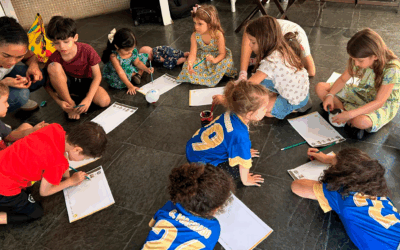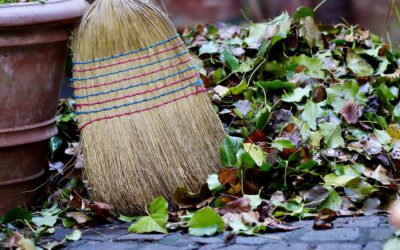
Patriarch Zakka I Iwas. Ecumenical Bishops Meeting (September 2008)
, even recently when I was in Lebanon. I would attend the Divine Liturgy in Atsciane where His Holiness was living at that time. He always gave us his blessing and several times said: “
Chiara Lubich is a great woman, a great gift from God.” He enjoyed greeting everyone who attended the Divine Liturgy and would welcome us all in the church hall.
The last time I met him was when I accompanied Patriarch Armando Bortolaso to invite him to the meeting of
Bishop Friends of the Focolare. The Patriarch wasn’t feeling well at all, but welcomed us just the same. With great effort he opened his eyes and said: ‘Greet the Holy Father very much for me. I pray for him.’ We remembered September 2008 when 30 bishops from 13 Churches and friends of the Focolare had gathered for their 27
th ecumenical meeting in Lebanon. They went to visit him and he welcomed them with exquisite hospitality. He told them about his love for the Focolare and for Chiara Lubich saying: “We say, blessed is this woman. We see her work that is truly blessed by the Holy Spirit himself.’

Patriarch Zakka I Iwas in the focolare in Córdoba (Argentina)
, Patriarch Zakka I Iwas often met with people from the Focolare. In 1984 when he signed the Common Declaration with John Paul II, he also went to greet the Ecumenical Centre of the Focolare Movement. In 1992 during a visit to Argentina, he paid a visit the focolare in Cordoba.
wisdom. With his meekness and love he worked tirelessly to build up the Church in the true sense of the word. He wrote over 30 books on the Fathers of the Church, the dogmas and liturgy. His most famous teachings and homilies have been gathered in 8 volumes. He was truly an apostle and a teacher.”
Born in Mussul in 1933, he entered the convent of Mar Afram in 1946. Then he was ordained to the priesthood in 1954. With a soul so open to ecumenism, he attended the Second Vatican Council as an observer in 1962. He was unanimously elected Patriarch by the Holy Synod in 1980. When he met Pope John Paul II in 1984, historic steps were taken, especially concerning Christology. On March 28, 2014, his body was accompanied to Damascus for a final farewell.






0 Comments